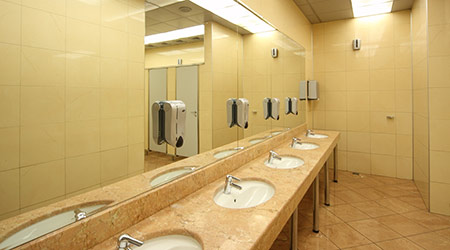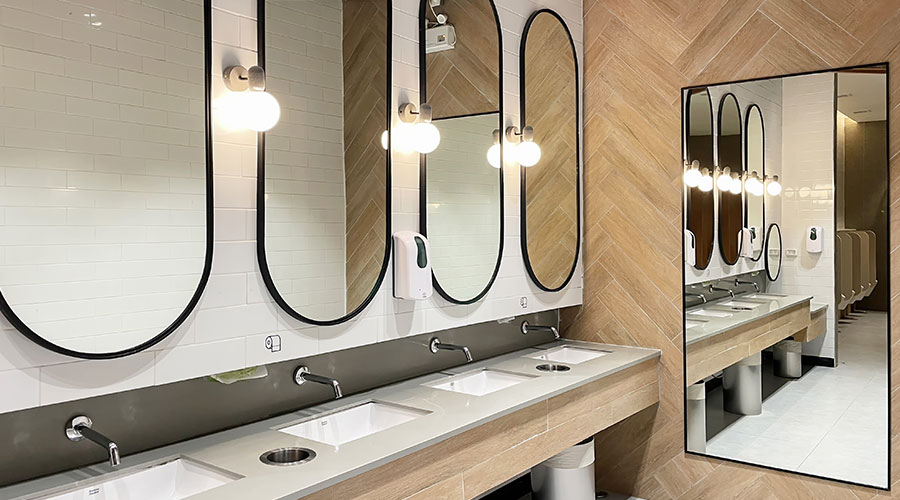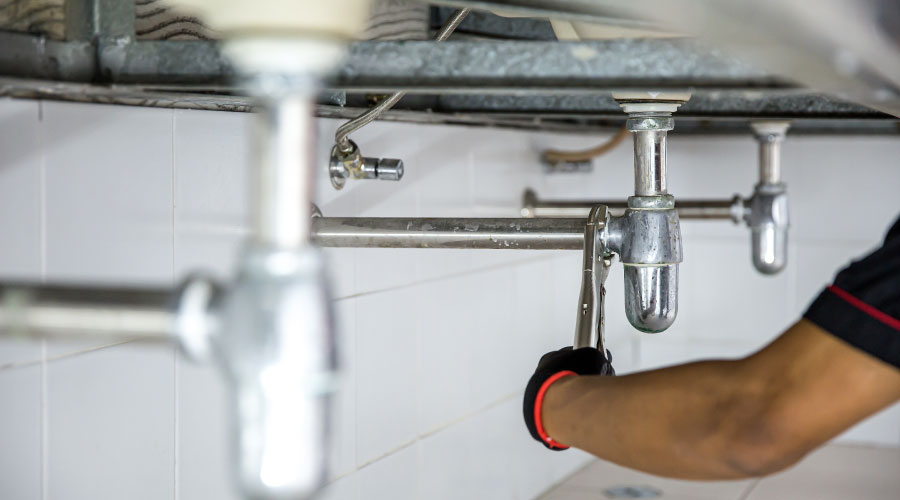Unisex Toilets and ADA Requirements
Part 2 of a 4-part article on understanding legal and regulatory issues in restroom retrofits and new designs
Stein notes unisex toilet rooms, sometimes referred to as family restrooms, also must have all ADA accessibility features “even if you provide accessible toilet facilities in the men’s and ladies’ restrooms.”
An advantage of the family or unisex restrooms is that facilities may be able to meet ADA requirements by installing compliant features as well as baby changing tables and a lower height toilet for children in one area. “If the facility serves 500 people, then obviously you would need more than one family restroom. But most restaurants do not serve that many, so one unisex restroom with all features including baby changing stations may meet ADA requirements,” explains Muse.
Another advantage of unisex restrooms is they may help address transgender issues.
“Certain states, such as Colorado and California, have already mandated that employers respect the rights of transgender employees, and the federal government takes a strong position in the affirmative as well,” says Joseph P. Paranac, Jr., shareholder in LeClairRyan. In early 2015, OSHA insisted employees should have access to restrooms “based on their gender identity,” according to Paranac, who is a labor and employment attorney. OSHA’s opinion is shared by the Equal Employment Opportunity Commission.
“Make sure your company and the facilities it owns or manages are open and accommodating toward transgender people,” recommends Paranac.
“If you already have a restroom-access policy for transgender employees, work with counsel to make sure it is in line with the newly published OSHA guidance,” he continues. “If your company lacks such a policy, have your legal team use those guidelines to draft one.”
Related Topics:















